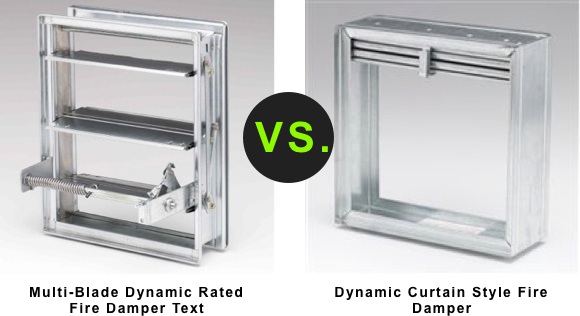Take a moment to check out a short and entertaining video regarding the testing of fire dampers.
We know several things that happen relating to fire damper testing:
- Enforcement is low.
- End users don’t necessarily know the dampers are to be tested.
- Not all contractors actually test the dampers, regardless of the verbiage in the execution section.
And some things you might not know:
- It is incredibly difficult to test curtain-type dynamic dampers, no matter what the make and model.
- Two hands in the duct are required to reset a fire damper, often through a teeny access door.
- Even with two hands, it’s almost impossible to reset the link in the duct.
- In many cases, the damper needs to be removed from the duct to be reset.
- For those facilities that do test, validating life safety components is time consuming and expensive.
- Hospitals do not receive Medicare reimbursement until the facility has proven life safety compliance.
- To comply with NFPA80, the installing contractor is supposed to test the damper at installation and after one year. Periodic testing is the owner’s responsibility.
Advantages of Multi-Blade Dampers (FD35 and FD60) vs. Curtain Style Dampers (DIBD2)

- Dampers can be tested / reset without actually removing the damper.
- Multi-blade fire damper pressure drop can be significantly lower than curtain damper’s.
- There is no need to oversize the wall opening to accommodate a curtain style fire damper hat.
The new multi-blade fire dampers (FD35EZ and FD60EZ) include a lever arm and modified link assembly to make testing of dampers far easier. Inspect the new manual FSDOM-514.pdf.
While these details won’t necessarily affect the daily life of an engineer, imagine the agony the installing contractor and the end user must feel when it’s time to get this testing done.
Seems like a no-brainer, doesn’t it?


